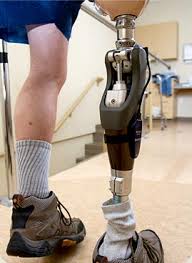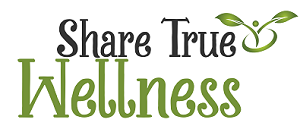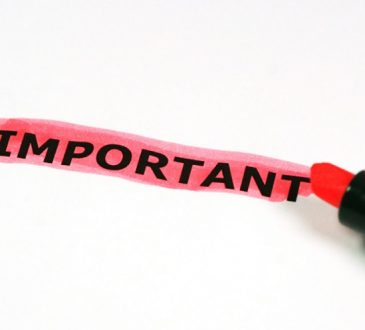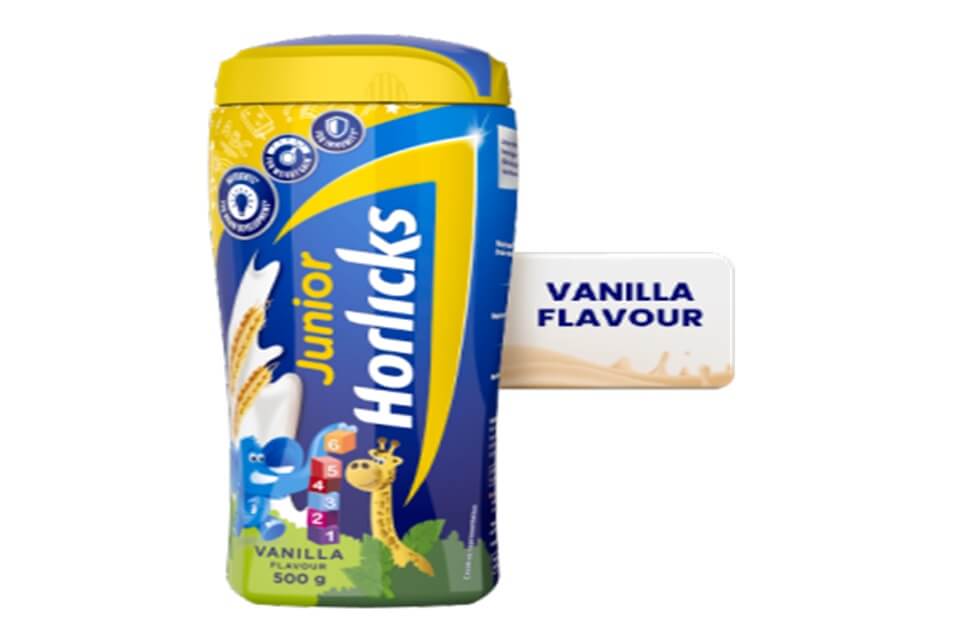
Idiopathic toe walking (ITW) is a walking pattern observed in some children who walk on their toes without any known medical reason. This behavior can lead to complications if not addressed, including muscle stiffness, reduced balance, and alterations in walking mechanics. Orthotic treatments play a crucial role in managing this condition by promoting more typical gait patterns. This article explores the causes, potential long-term effects, and orthotic solutions available to help children with idiopathic toe walking.
Understanding Idiopathic Toe Walking
Toe walking refers to a condition where children walk on their toes or the balls of their feet without touching their heels to the ground. While it’s common in children learning to walk, persistent toe walking beyond the age of three may require intervention.
Causes of Idiopathic Toe Walking
- Sensory Processing Issues: Some children may toe walk due to sensory preferences or sensitivities.
- Habitual Behavior: In some cases, children continue toe walking out of habit even after they have developed the ability to walk normally.
- Muscular Tightness: Tight calf muscles may also lead children to walk on their toes.
Long-Term Effects of Untreated Toe Walking
If not properly addressed, persistent toe walking can lead to several complications:
- Musculoskeletal Problems: Continuous toe walking can lead to muscle stiffness, particularly in the calves, and may alter the development of foot bones.
- Balance and Mobility Issues: The altered gait can affect a child’s balance and coordination, increasing the risk of falls.
- Social Impact: Children may also experience social challenges due to the visible difference in their walking pattern.
Orthotic Solutions for Idiopathic Toe Walking
Orthotics are devices applied externally to modify the structural and functional characteristics of the neuromuscular and skeletal system. For children with ITW, orthotics can help correct the toe walking behavior by encouraging a heel-to-toe gait.
Types of Orthotic Devices Used
- Ankle-Foot Orthoses (AFOs): These devices support the ankle and foot and are often used to prevent toe walking by restricting plantarflexion (downward movement of the foot).
- Solid AFOs: These provide a rigid support that limits ankle movement, helping to train the child’s muscles to adopt a normal walking pattern.
- Hinged AFOs: These allow for some ankle movement, which can be beneficial for children who only need mild correction.
The Role of Professional Assessment and Fitting
Professional assessment by experts such as those at PrimeCare is essential for determining the most appropriate orthotic treatment for a child with idiopathic toe walking. A thorough evaluation ensures the orthotic device is tailored to the child’s specific needs.
Customization Process
- Gait Analysis: Observing how the child walks to identify specific abnormalities.
- Fitting the Orthotic: Customizing the device to fit comfortably and functionally on the child’s leg.
- Follow-Up Adjustments: Making necessary adjustments as the child grows and their walking pattern changes.
Educational and Supportive Strategies
In addition to orthotics, education for parents and caregivers on exercises and activities that encourage heel-to-toe walking can be beneficial. These might include:
- Stretching Exercises: To reduce muscle tightness and increase range of motion.
- Strengthening Activities: Focused on building the muscles that support proper gait.
Conclusion
For many children experiencing idiopathic toe walking, orthotic devices provide a critical solution that helps in developing normal walking patterns, thus avoiding potential long-term physical complications. With the support of professional services like how to stop toe walking from PrimeCare, parents can access customized treatment plans that ensure the best outcomes for their children. Through these interventions, children can achieve improved mobility and a higher quality of life.


